Tag: competitiveness
-
Primary watch: number of contested state legislative primaries is up 23% compared to 2020
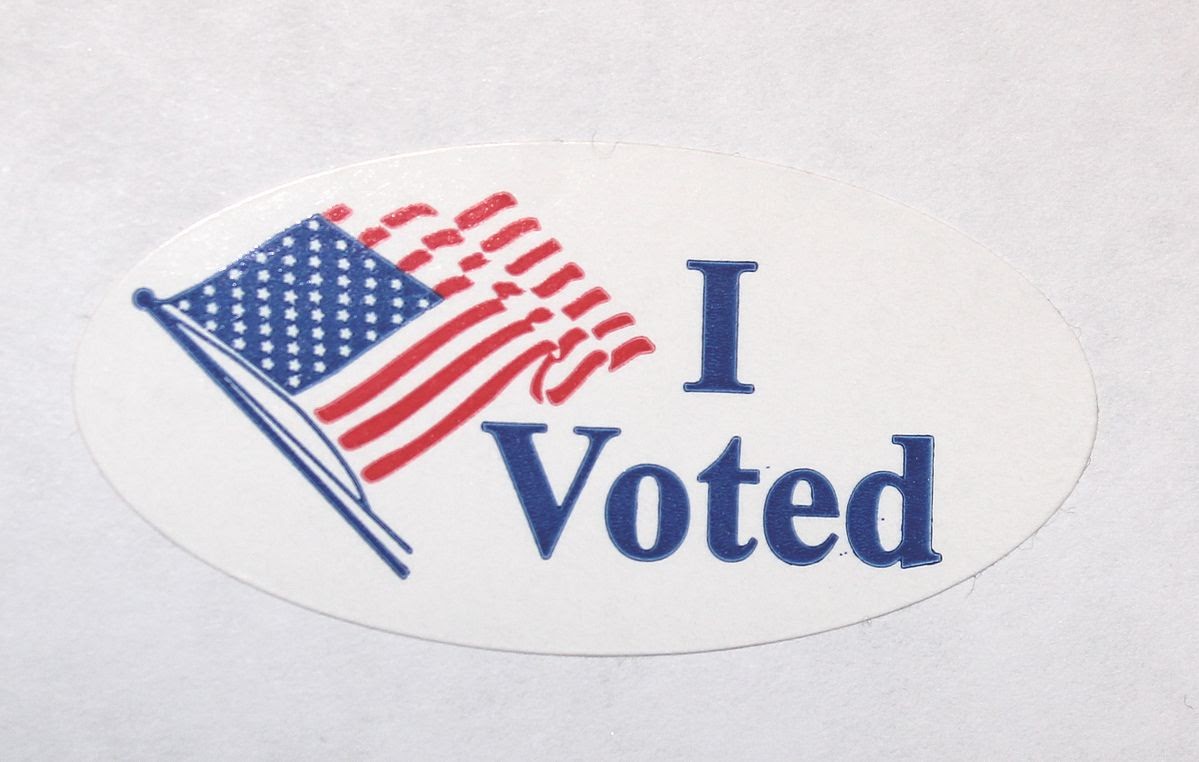
There are 23% more contested state legislative primaries this year than in 2020, including 53% more Republican primaries and 8% more top-two/four primaries. Democratic primaries are down 10%. These figures include elections in 39 states that account for 5,011 of 6,166 state legislative seats up for election this year (81%). A primary is contested when…
-
Newcomers will represent at least 32% of Vermont’s state legislative seats next year

Fifty-seven state legislative seats up for election in Vermont this year are open, meaning no incumbents filed to run. This represents 32% of the state’s legislature, a marked increase compared to recent election cycles. Since no incumbents are present, newcomers are guaranteed to win all open seats. Vermont restructured its House and Senate during the…
-
Minnesota sees fewer U.S. House candidates this year than in 2020 and 2018
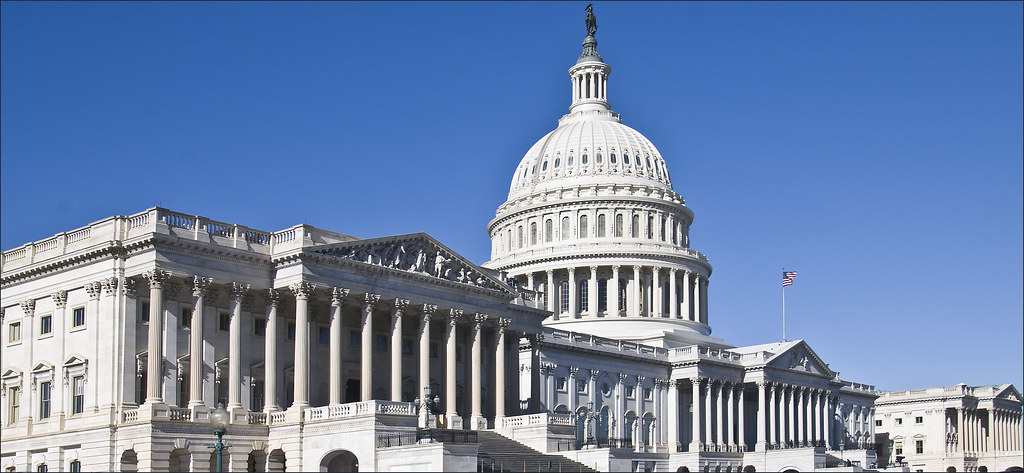
The filing deadline for candidates running for Congress in Minnesota was May 31, 2022. Thirty-two candidates are running for Minnesota’s eight U.S. House districts, including 18 Democrats and 14 Republicans. That’s four candidates per district, less than the 4.63 candidates per district in 2020 and the 4.75 in 2018. Here are some other highlights from…
-
Tennessee has its fewest contested state legislative primaries in five election cycles
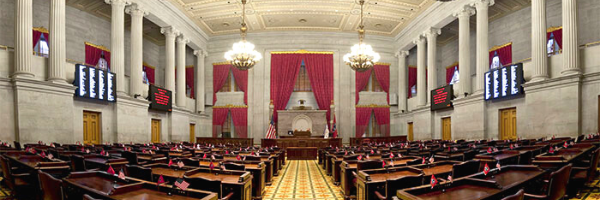
Tennessee has 36 contested state legislative primaries this year, 16% of the total number of possible primaries, and a 5% decrease from 2020. This is the fewest contested state legislative primaries in Tennessee over the past five election cycles. A primary is contested when more candidates file to run than there are nominations available, meaning…
-
Newcomers will represent at least 31% of Minnesota’s state legislative districts next year
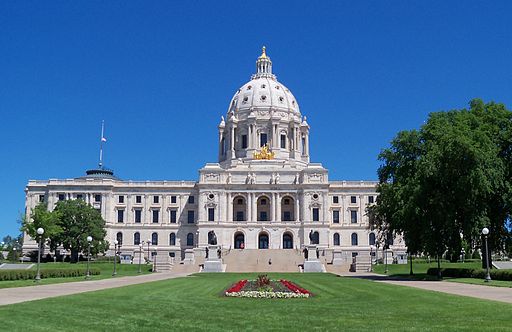
Sixty-three state legislative districts up for election in Minnesota this year are open, meaning no incumbents filed to run. This represents 31% of the state’s legislature, a marked increase compared to recent election cycles. Since no incumbents are present, all open districts are guaranteed to be won by newcomers. Fifty-nine of these districts are open…
-
Newcomers will represent 16% of Connecticut’s state legislative districts next year
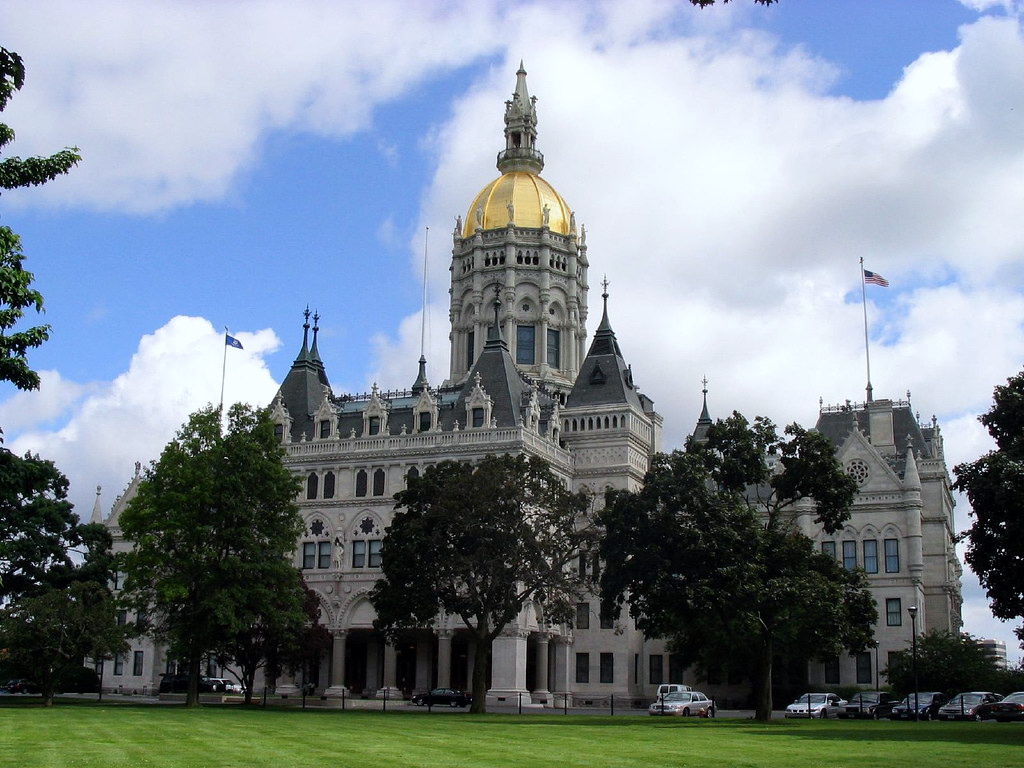
Thirty state legislative districts up for election in Connecticut this year are open, meaning no incumbents filed to run. This represents 16% of the state’s legislature, an increase compared to recent election cycles. Since no incumbents are present, all open districts are guaranteed to be won by newcomers. Across all districts, there are nine contested…
-
Primary watch: number of contested state legislative primaries is up 25% compared to 2020
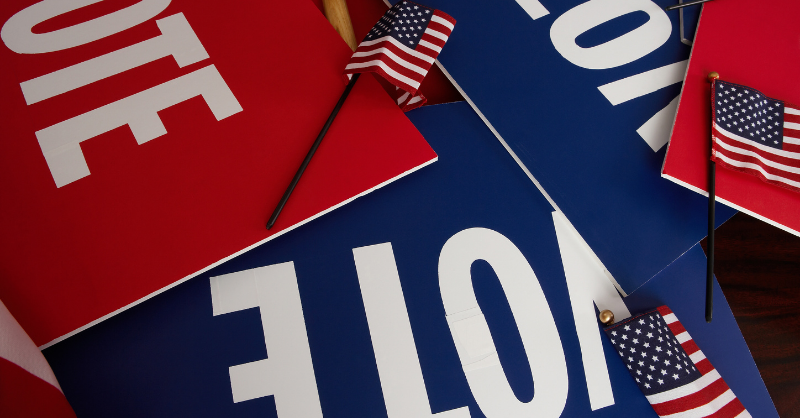
There are 25% more contested state legislative primaries this year than in 2020, including 55% more Republican primaries and 8% more top-two/four primaries. Democratic primaries are down 8%. These figures include elections in 36 states that account for 4,538 of the 6,166 state legislative seats up for election this year (74%). A primary is contested…
-
Primary watch: number of contested state legislative primaries is up 26% compared to 2020
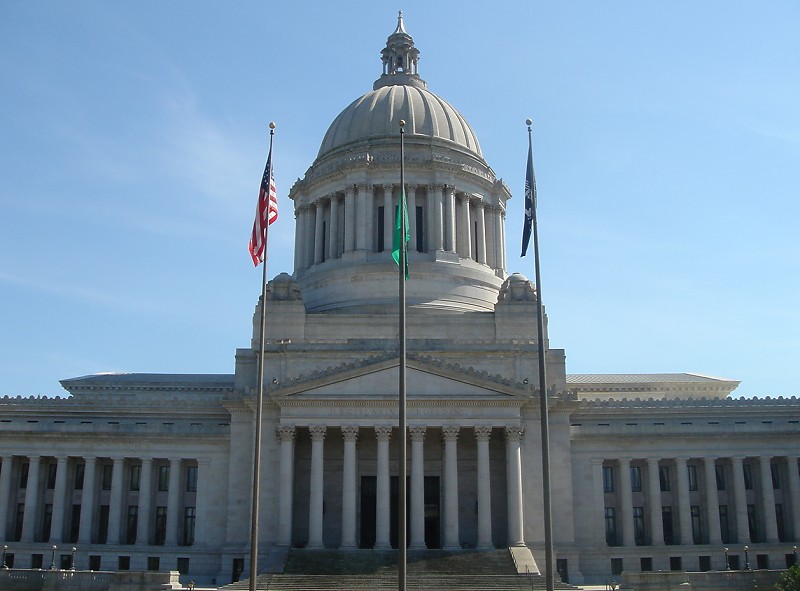
There are 26% more contested state legislative primaries this year than in 2020, including 56% more Republican primaries and 8% more top-two/four primaries. Democratic primaries are down 8%. These figures include elections in 34 states that account for 4,289 of 6,166 state legislative seats up for election this year (70%). A primary is contested when…
-
A look at contested state legislative primaries in Wyoming

Wyoming has 48 contested state legislative primaries this year, 31% of the total number of possible primaries, and a 4% increase from 2020. A primary is contested when more candidates file to run than there are nominations available, meaning at least one candidate must lose. Of the 48 contested primaries, there are two for Democrats…
-
State legislative primaries in Michigan increase compared to recent election cycles
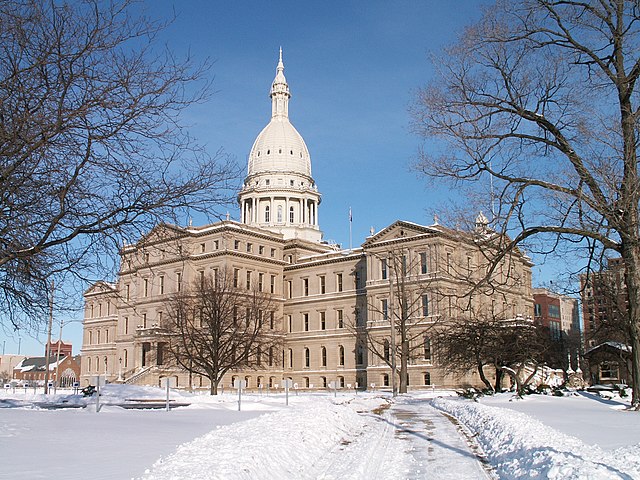
Michigan has 139 contested state legislative primaries this year, 47% of the total number of possible primaries, the highest rate of contested primaries in the state over the past five election cycles. A primary is contested when more candidates file to run than there are nominations available, meaning at least one candidate must lose. The…

